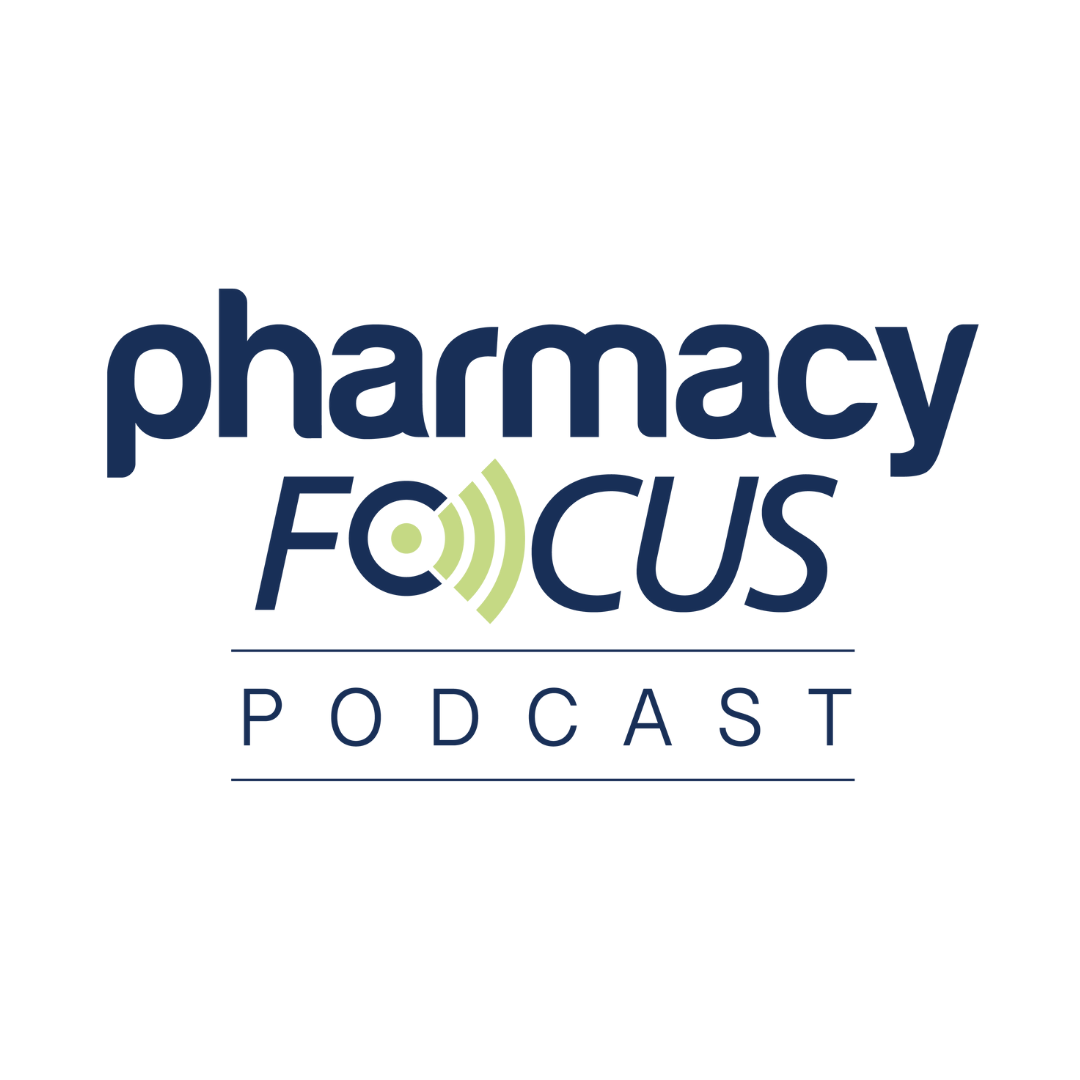In an interview with Pharmacy Times®, Christian Ruff, MD, director of general cardiology at Brigham and Women's Hospital, discusses the results of the AZALEA-TIMI 71 trial, which evaluated abelacimab (Anthos Therapeutics), a factor XI inhibitor, as an alternative to rivaroxaban (Xarelto; Bayer, Janssen) for atrial fibrillation (Afib) patients at risk for stroke. The study was halted early due to a significant reduction in bleeding events with abelacimab compared with rivaroxaban. The trial showed a 60% to 70% reduction in major or clinically relevant bleeding, with almost complete elimination of GI bleeding, a common reason for anticoagulant discontinuation.
Ruff explains abelacimab's unique mechanism of action that allowed for such significant bleeding reductions and what pharmacists should know about its efficacy in patients with Afib.
Closed captions in this video were auto-generated by artificial intelligence.
Pharmacy Times: Can you provide a brief overview of the results from the AZALEA-TIMI 71 study?
Key Points
1. Abelacimab significantly reduces bleeding risks compared with traditional DOACs, addressing a major concern in anticoagulation therapy.
2. The dramatic reduction in bleeding rates could improve treatment adherence and expand anticoagulant use for high-risk patients.
3. Unlike traditional anticoagulants, abelacimab selectively inhibits factor XI, preventing harmful clotting while preserving the body's natural clotting process.
Christian Ruff, MD: It’s a great pleasure to talk with you today. We're really excited about this trial. It enrolled 1287 patients with moderate-to-high-risk atrial fibrillation (Afib) at risk for stroke to either standard of care rivaroxaban (Xarelto; Bayer, Janssen), which is one of the most commonly used anticoagulants and direct oral anticoagulants (DOACs) throughout the world, or one of 2 doses of abelacimab (Anthos Therapeutics), which is a new monoclonal antibody to factor XI, either 90 mg, which is given once a month subcutaneously, or 150 mg subcutaneously once a month. What we found, which is very exciting, is that the trial was actually stopped early by our data safety monitoring board because of an overwhelming and highly significant reduction in bleeding with both abelacimab doses compared to rivaroxaban. We recently published the final trial results, and it was really quite encouraging. When we compare against standard of care DOAC rivaroxaban, there were 60% to 70% reductions in major or clinically relevant non-major bleeding—a primary end point of the trial—and that's essentially any bleeding that requires hospitalization or medical attention, and the almost complete elimination of gastrointestinal (GI) bleeding, which is the most common bleeding we see in Afib patients and is frequently a reason why people are either not prescribed anticoagulants or discontinue them. We thought that the abelacimab would be safer, but I think we were really encouraged and impressed with just how low the rates of bleeding with abelacimab were.
Pharmacy Times: How do the results support abelacimab’s potential as a safer alternative to rivaroxaban in patients with Afib?
Ruff: This is a great question, and we know certainly the common platform of anticoagulants used to be warfarin (Jantoven) and other vitamin K antagonists, and now the DOACs, they're highly effective drugs. But the reason why somewhere between 30% to 50% or more of patients either are not taking them or not prescribed them or stop them is because there's still a significant risk of bleeding, and that bleeding can lead to hospitalization and discontinuation of therapy. The whole premise of factor XI inhibitors, a new way to inhibit clotting, was that you potentially could provide an effective drug to reduce the risk of stroke, but they would be safer with respect to bleeding. I think why this potentially is really a game changer for the field is that, although we thought that these drugs would be safer, the magnitude of the reduction in bleeding—again, not 20% to 30%, but 60% to 70% less bleeding, rates of bleeding that we've never seen with an anticoagulant or blood thinner in clinical practice—I think, hopefully, will really change the trajectory of treatment with Afib and, if approved, would allow us to really treat our most vulnerable patients who are not getting any effective therapy at all.
Pharmacy Times: How does the mechanism of action for abelacimab differ from traditional direct oral anticoagulants, and why does it result in significant reductions in bleeding events?
Ruff: It's a great question. Abelacimab, which is a factor XI inhibitor…we've been excited about factor XI as this potential target for anticoagulation for a long time. All the other anticoagulants that are approved for use, whether they're the vitamin K antagonists, such as warfarin, or the DOACs, all inhibit the common pathway of anticoagulation, where both good clotting and bad clotting come together. Although you can prevent forming a bad clot, such as a stroke, you're also going to cause bleeding. What has been intriguing about factor XI is where it sits in the blood clotting cascade, which is quite complicated. It appears to only be essential for bad clotting, when you're generating an occlusive clot that prevents blood flow, say, in a brain artery, from going to a part of the brain and causing a stroke. But it's not required, and it doesn't really participate in the good clotting, which is, say, you injure a blood vessel and you're bleeding, and your body wants to stop clotting. That's a good thing to happen. Factor XI only seems to be active, really, in the bad clotting, the clots that form strokes and other things that lead to injury, but not in the body's ability to heal itself in the vessel when there's a sort of injury or bleeding. That's been the hypothesis, and there's been a lot of epidemiology and genetics to support that. I think the results of AZALEA really cement the promise of factor XI inhibition, particularly abelacimab, that this is just a far safer way to deliver an effective anticoagulant, and we like to use the term it uncouples good clotting and bad clotting. And I think the data really play out in AZALEA-TIMI 71.





